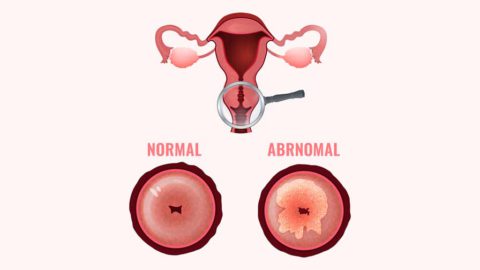
What is vaginal discharge and what causes it? The vaginal discharge consists of skin cells, mucus, fluid, and bacteria. A normal discharge may irritate the vulva, but this is completely normal. The vaginal discharge protects the body from infection and provides lubrication for the tissues. In some cases, a foreign body, such as a spermicide, can cause a discharge.
A vaginal discharge is the natural process of cleansing the cervix, which is the opening of the vagina. The discharge contains bacteria, mucus, and fluid that keeps the cervix moist and clean. It also lubricates the tissue in the vagina. Despite the fact that vaginal discharge is usually harmless, some women experience heavy or irregular discharges. In these cases, it’s a good idea to consult a doctor for a thorough examination and diagnosis.
In women, the vagina is a passage from the uterus to the outside. It also contains the cervix, labia, and the vulva. The vulva is the area around the vaginal opening. The skin cells in the vagina and cervix produce the discharge. This discharge is produced by the female hormone oestrogen. As a result, menopausal women produce minimal vaginal discharge.
What is a vaginal discharge? The discharge is a mixture of fluid and cells. It helps keep vaginal tissue healthy by providing lubrication and protecting the body from infection. The color and consistency of the vaginal discharge can change throughout the reproductive cycle and over a lifetime. When the discharge is thicker and contains a lingering odor, it may be indicative of a problem.
The discharge that comes from the vagina is a mixture of fluid and cells. This natural discharge is a normal part of the reproductive cycle and is normal. It helps keep the vaginal tissues healthy and protects against infection. During the menstrual cycle, the discharge will vary. A woman’s vaginal discharge will be different than her partner’s, or may be the same color. It is important to get your doctor’s opinion and have a hygienist look it over.
The vaginal discharge usually starts around six months before your first period, but it can occur six months before the first period. The discharge is a result of changes in the body’s hormonal levels and can shift during the menstrual cycle or over a lifetime. During the menstrual cycle, the discharge is made up of fluids from the vagina and cervix. A thicker discharge indicates a fertile period or fertility problems.
The vagina is the passage from the uterus to the outside of the body. The vagina contains the cervix and labia. The vulva is the skin that surrounds the opening. Vaginal discharge contains bacteria and dead cells. The secretion is produced by skin cells under the influence of estrogen. In pregnant women, the discharge is greyish-white and may be pinkish in color. It is the discharge from the cervix that can be a sign of pregnancy or an unhygienic lifestyle.
The site Handaldok.com states that the most common types of vaginal discharge are caused by a bacterial infection. Tricomonas, gonorrhea and chlamydia are the most common causes of vaginal discharge. Vaginal pH is responsible for the formation of vaginal discharge. The pH of the secretions affects the flow of bacteria and blood into the vagina. While a bacterium that causes an infection in the vagina causes vaginal discharge, it can also be caused by foreign objects.
Normal vaginal discharge is milky or clear. It doesn’t smell and is completely normal. The vagina is a complex system consisting of several parts. The cervix contains the cervix and labia. The vulva is the skin that covers the entrance to the vagina. During the monthly cycle, a liquid transparent discharge is released from the vagina. These secretions vary in color, texture, and odor.
Vaginal discharge is a normal part of a woman’s reproductive system. Vaginal discharge is normal. However, if the discharge is not odorless, it may be a sign of a problem. Sometimes a woman’s body is in a state of flux or ovulation, which can affect the quality of her vaginal fluid. Discharge symptoms are often painful and cause pain. Ovaries are also a symptom of the problem.
